Visitor management plays an essential role in keeping residential and commercial developments safe, organised, and professional. Without a clear process, it can be difficult to know who is on-site, which can lead to security risks, confusion, and unnecessary stress for staff, residents, and visitors.
A strong system creates a smooth check-in experience, helps prevent unauthorised access, and gives managers an accurate record of who is present at any time. This is especially important for developments that deal with frequent deliveries, contractors, and guests.
This blog explores the best practices that will help you create a secure, efficient, and welcoming visitor management process. Keep reading to learn more!
Why Is Secure Access Important
Secure access protects residents, tenants, and staff by preventing unauthorised entry and maintaining accurate records of who is on the property.
It reduces liability, improves emergency response, and creates a sense of professionalism for visitors. Whether it is a gated residential community or a busy office complex, knowing who is on-site at all times builds trust and keeps everyone safer.
1) Have a Clear Check-In Process
The first step in effective visitor management is creating a check-in process that is simple and consistent. Direct all visitors to a single point of entry, whether that is a staffed reception desk or a digital kiosk. Clear signage helps visitors find where they need to go without confusion.
Digital sign-in systems are becoming increasingly popular because they keep an electronic record of arrivals and departures. They can also send instant notifications to residents or employees when a visitor arrives, saving time and reducing waiting periods.
2) Use Visible Identification for Visitors
Once visitors check in, they should be easy to identify while they are on the property. This is where name badges, passes, and printed lanyards come in. Visible identification makes it clear who is authorised to be on-site and who may need assistance.
Printed lanyards also allow developments to include branding, logos, or colour-coding for different visitor types, such as contractors, delivery personnel, or guests. This improves professionalism and makes it easier for staff and residents to recognise visitors at a glance.
3) Train Staff or Reception Teams
Even the best visitor policy will not work if staff are unsure how to enforce it. Train receptionists, security teams, and front-desk staff on how to greet visitors, verify identification, and explain the check-in process.
Staff should balance security with a friendly approach, as the visitor experience often begins with them. A well-trained team can prevent unauthorised access while leaving a positive impression on legitimate visitors.
4) Collect and Protect Visitor Data
Collecting visitor data is an important part of site security, but it must be handled responsibly. Only gather information that is necessary, such as name, company, and purpose of visit. If you are storing this data digitally, make sure the system is GDPR-compliant and that records are securely encrypted.
Respecting privacy builds trust with residents and guests while keeping you compliant with data protection laws.
5) Plan for Emergency Situations
A good visitor management system does more than track who comes and goes. It also helps you respond effectively in emergencies. Keep an up-to-date record of all visitors on-site so that you can account for everyone during fire drills, evacuations, or security incidents.
Digital systems make this easier by allowing you to generate a list of active visitors in seconds, which can be shared with emergency responders if necessary.
6) Regularly Review and Update Your Policy
Visitor management is not something you set once and forget. As developments grow, security requirements change, or new technology becomes available, your process should be reviewed and updated.
Hold regular meetings with staff to identify gaps or challenges, and ask residents or tenants for feedback on their experience with visitor check-ins. This ensures your process stays efficient and relevant.
7) Balance Security and Convenience
While security is the priority, visitor management should not feel like an obstacle. Make sure your process is quick and easy to follow so guests do not feel frustrated.
For example, pre-registering visitors online can reduce check-in times, while reusable custom lanyards save time compared to issuing new badges for every visit. The right balance keeps everyone safe without creating unnecessary delays.
Carefully Consider Your Security Measures
Strong visitor management is about more than signing people in. It builds trust, improves safety, and creates a professional experience for everyone involved. Developments that invest in clear procedures, staff training, and reliable identification tools like printed lanyards can make visits smoother and safer.
Companies such as Digital ID provide a wide range of lanyard options, making it easy to find solutions that suit residential and commercial properties.
It’s important to regularly review your policies to keep them effective and up to date. These security practices will help to protect workers, residents, tenants, and employees while leaving a positive impression on everyone who visits your site.


